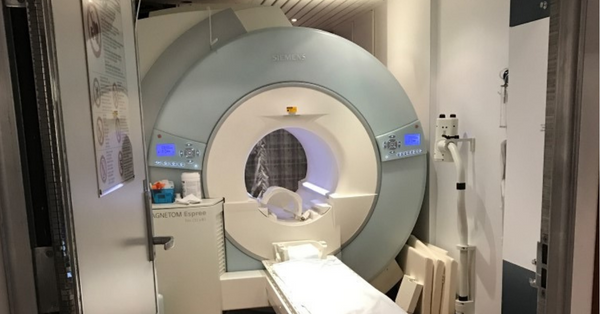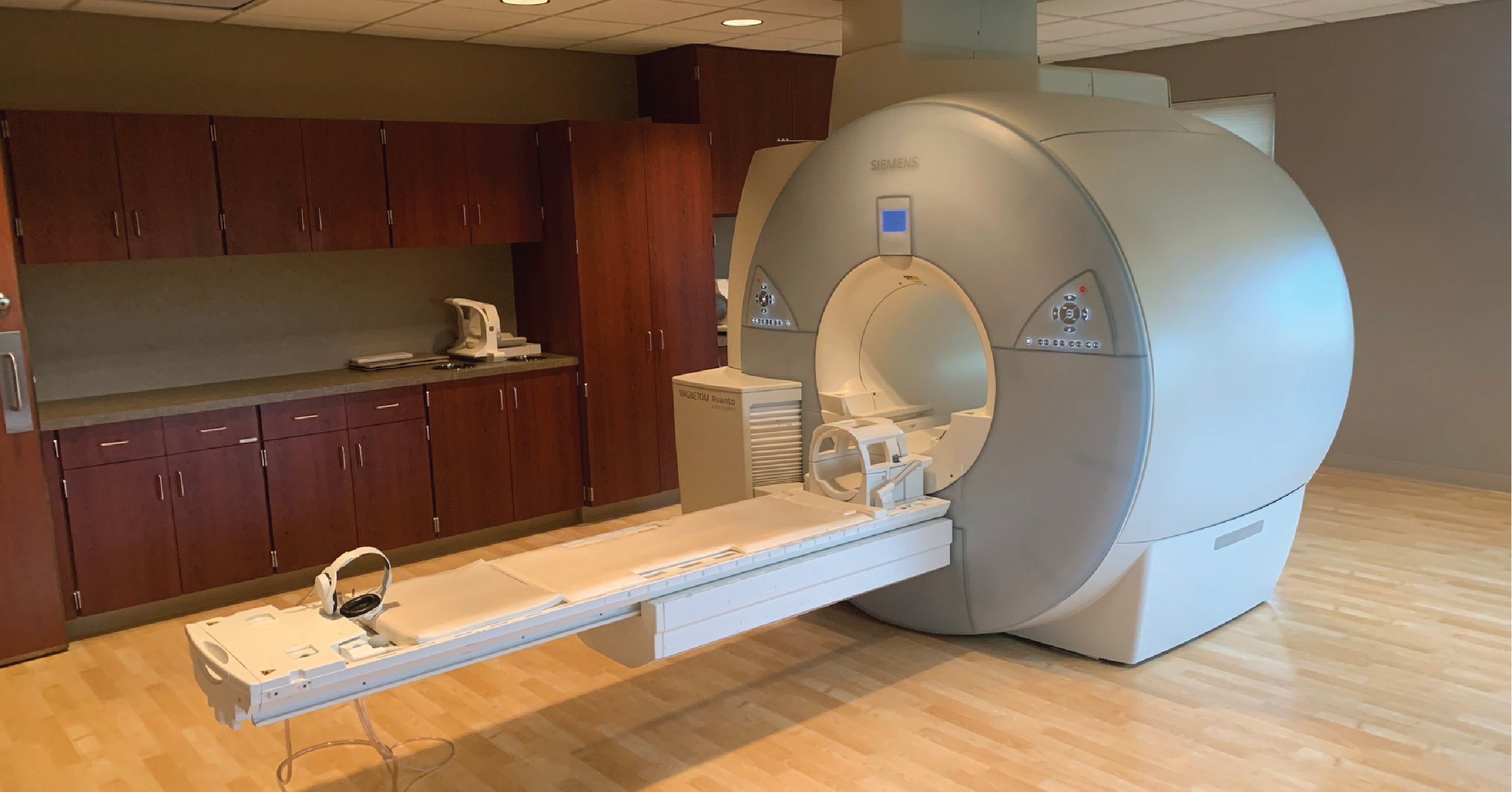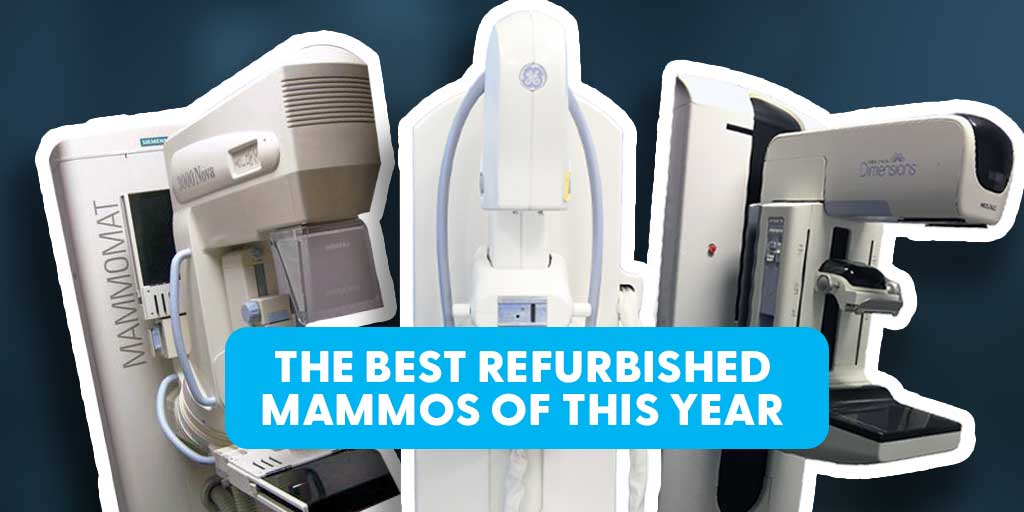
The popularity of Siemens wide-bore magnets has been unparalleled in the marketplace since 2005.
The Siemens Espree became the preeminent option when 70 cm and closed-bore magnets were discussed in the same conversation.
Now, the Espree's "younger sibling", the Aera has become a hot topic among MRI buyers. But how do they stack up? Is this incremental improvement, or a sea change for wide-bore systems?
Below we'll compare the Siemens Espree and the Siemens Aera.
Espree and Aera Similarities
Both the Espree and the Aera have 70cm bores offering greater patient comfort.
They both utilize Total Imaging Matrix technology that allows you to combine coils to image multiple regions of the body simultaneously. This eliminates having to change out coils and reduces total scan time.
TIM also allows you to image over a larger area without moving the patient.
Finally, Espree and Aera both run on the Syngo platform, which Siemens uses across all their modalities.
Espree and Aera Differences
While these features are notable common ground, the Espree and Aera seem to have more differences than similarities.
RF Hardware
All the Aera's components for transmitting and receiving RF signals are mounted right at the magnet. The Esprees are in the equipment room.
This means the Aera has less cabling and less noise, which improves signal quality.
TIM 4G
Both systems feature TIM, but the Aera has the latest iteration, TIM 4G. TIM 4G offers added coil elements and an exceptional signal-to-noise ratio (SNR).
Table Configuration
The Aera comes in two table configurations: roll-away or floor-mounted. The Espree has just one table type, a fixed table that hangs off the front of the gantry and makes no contact with the floor.
Gradients
There's not a dramatic difference, but it should be noted that the Aera has a mildly higher gradient class.
Magnet Field
Similar to the earlier Siemens Avanto, the Aera shims to a spherical magnetic field, as opposed to the elliptical field found on the Espree and many other magnets. This field shape better suits the Aera for full-body scanning, as the field more closely aligns with the overall shape of the human body.
Coils
The coil options of these two systems differ substantially. While both use TIM, the Espree uses an older version of the technology.
The TIM 4G Aera uses coils with up to 64 independent RF channels. That goes up to 204 when you combine coils. The increase in channels allows for faster acquisition and better image quality.
Availability
As you might have guessed from its overall newness, the Aera isn't widely available on the secondary market yet. We've seen a few slips onto the market in Europe, but they are a rare bird elsewhere.
If a facility is interested in upgrading to an Aera for less, there are some Esprees out there that have an upgrade called FIT. With the FIT upgrade the Espree OR122 magnet is kept, but the original electronics are replaced with Aera electronics.
Cost
Of course, the final difference between the Siemens Espree and Siemens Aera is cost. On the secondary market, an Espree runs around $300,000 plus installation, and the Aera is closer to $500,000 plus installation.
The Takeaway
Between TIM technology and 70cm bore diameter, either of these offerings would serve you well in a wide variety of applications, with maximum patient comfort.
For those who can be patient and have more budget flexibility, the Aera will get you better image quality.
If you're still unsure which wide-bore Siemens MRI is right for you, contact us today.

Steve Rentz
Steve Rentz is the Product Manager for MRI Scanners at Block Imaging. Steve's goal is to earn each customer's trust and business by specifically addressing the needs of their unique project. When Steve is not helping customers with their MRI needs, he enjoys running, swimming, and woodworking.




